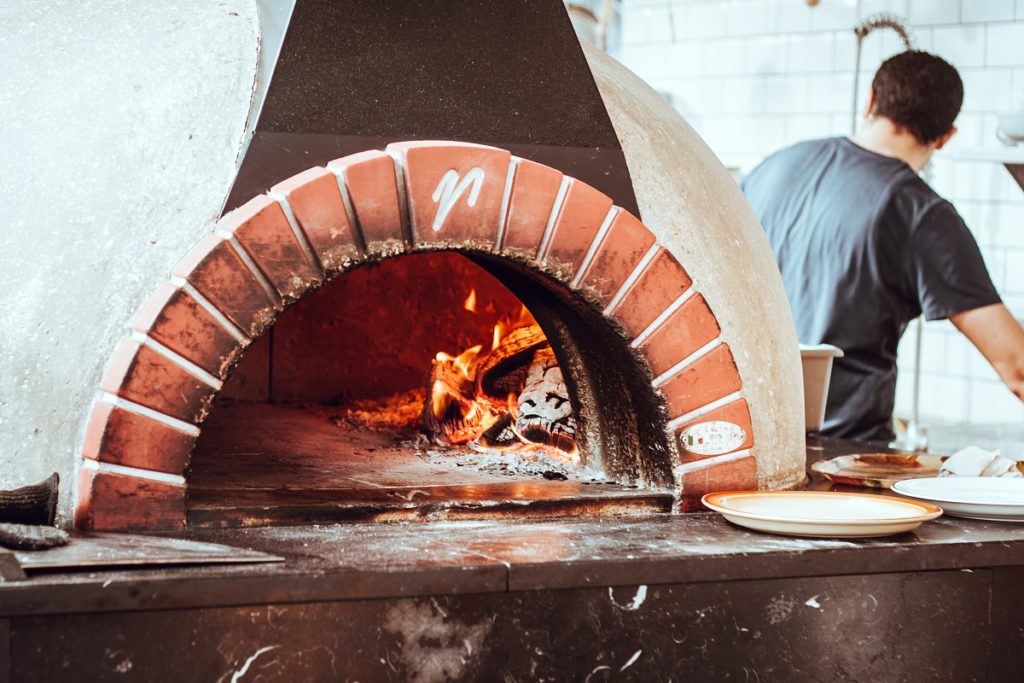Once you’re done with this project, you might need to put up fire and safety signs around the house. Or at least that’s what your wife wants you to do.
You delight in the fact that family and friends consider you an excellent amateur chef of some sort. You hold a full-time job as an executive at a local bank, but every time there’s a holiday, people come over for a visit to enjoy your home-cooked food. Whether it’s American barbecues or Asian dishes or Italian-French cuisines, you will not back-down on sharing your sumptuous creations to guests.
But you’ve been planning something extra special. You saw an episode of Jamie Oliver’s TV show where he talks about an oven. Your immediate reaction was, “I want to build one!” You’re probably flexing it a little bit harder than you should, but you don’t want compromises when it comes to satisfying gastronomical desires. But then how do you do it? How do you build a brick oven from scratch?
Here are a few things for you to consider:
Brief Background
Early humans used flames to cook food. But some crops cooked better when wrapped or submerged in hot ashes. This method was suitable for small quantities of food, but not if you would be feeding, well, a tribe.
They dug a hole in the ground, put dried wood, and lit it up. To keep the temperature high, rocks were added. Thus, the predecessor of the modern brick oven was born.
Building Your Brick Oven
You are aiming for that high temperature of up to 1,000°F (537.7°C) and that smoky flavor it gives the food. Depending on how uncompromising you would be on this build, you could spend a lot or just the right amount of money. Here are the things you need to consider:
1. Permits.
Check first with your county office and other government authorities if you need a license for this build. If you’re building outside, chances are, you need to file for a permit.
2. Your design.
There are dome types, square types or cylinder or barrel types. You need to create a design and execute based on that plan. The design and the plan might be dictated by the location you intend to put the oven. It can be outdoor or within a semi-covered space. Make sure that the design will not be an obstruction or an eyesore. The size of the oven, for example, would depend on the availability of the space.
3. The foundation and the stand.

Bricks are massive, so one of the critical aspects of building a brick oven is to create a strong foundation. The foundation slab is where the oven-stand and the chamber will rest. Take note of the corresponding measurements for each of the components. A 36″ oven will require a 71″ x 80″and 63″ x 70″, foundation and block stand respectively.
4. Insulation.
The outer side of the dome shouldn’t burn your skin when you touch it. It can be warm but not to the point that it may endanger children who happen to wander around in the area. This is where insulation comes in. Some oven builders advocate vermiculite or perlite. But there other approaches for you to explore too.
You’re going to need to factor in the chimney in your design. Again, the design matters if it’s going to be outside or inside with an exhaust going through a ceiling and out the roof. Make sure to get the supervision of a professional if you are not hiring one to do it.


















